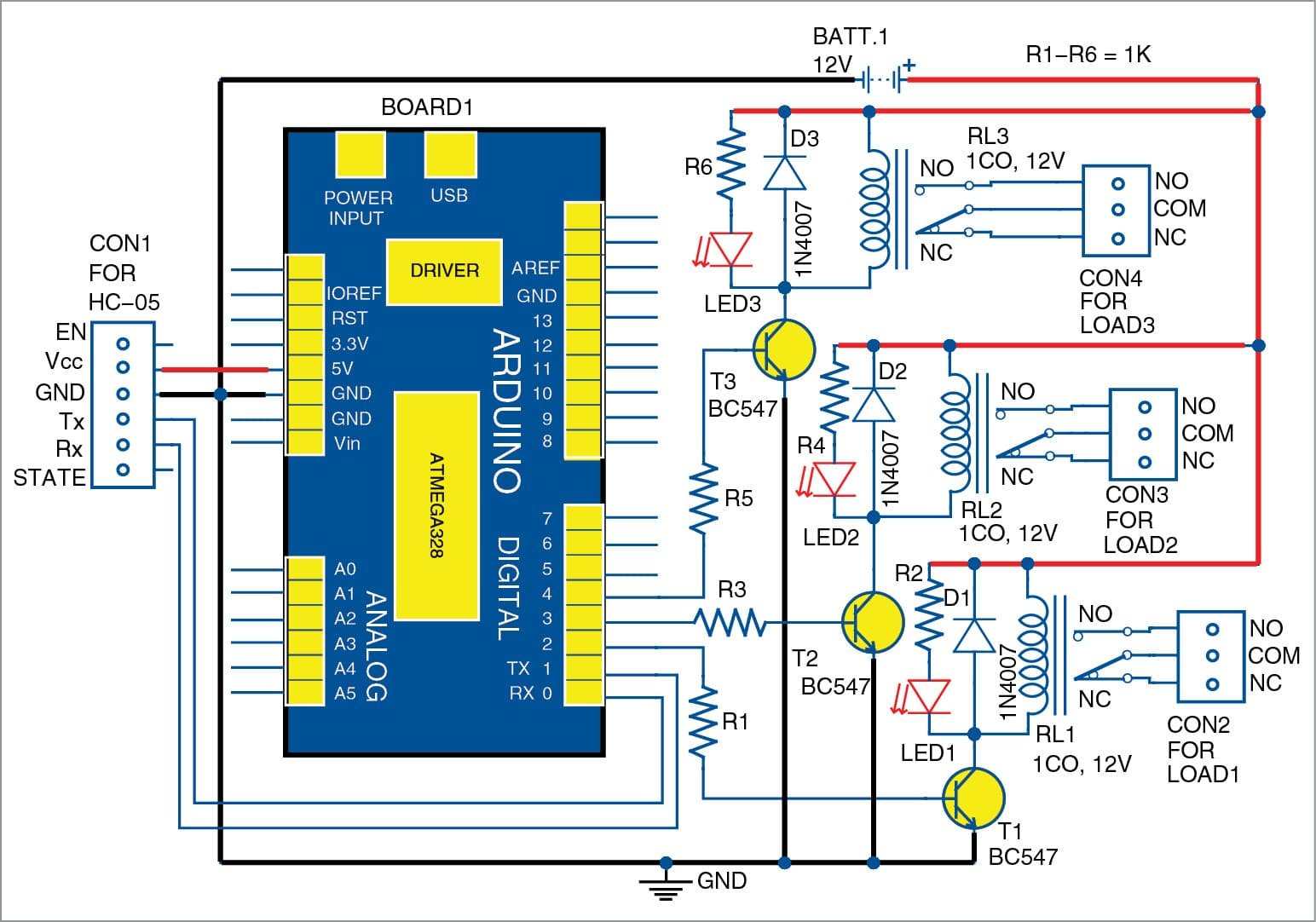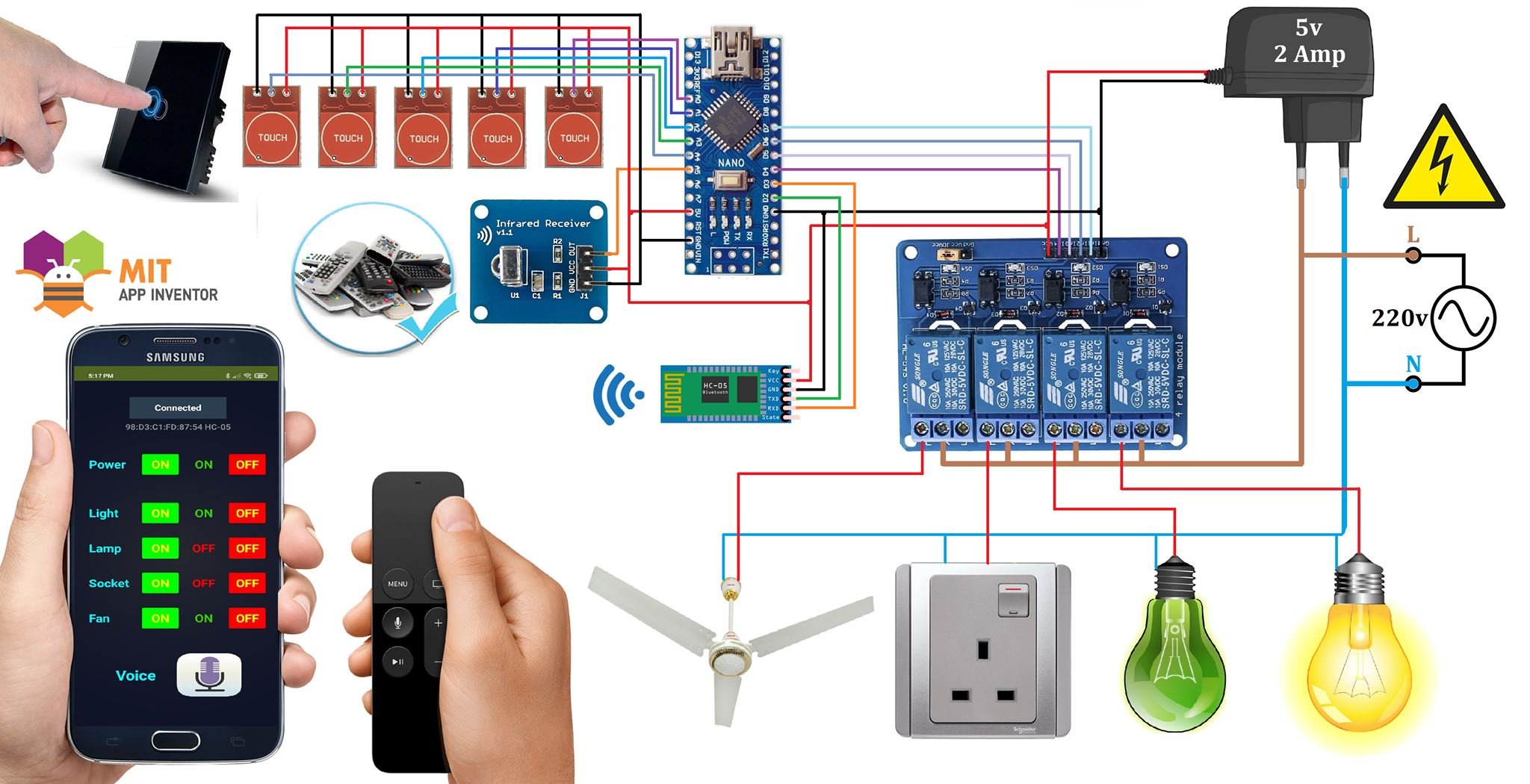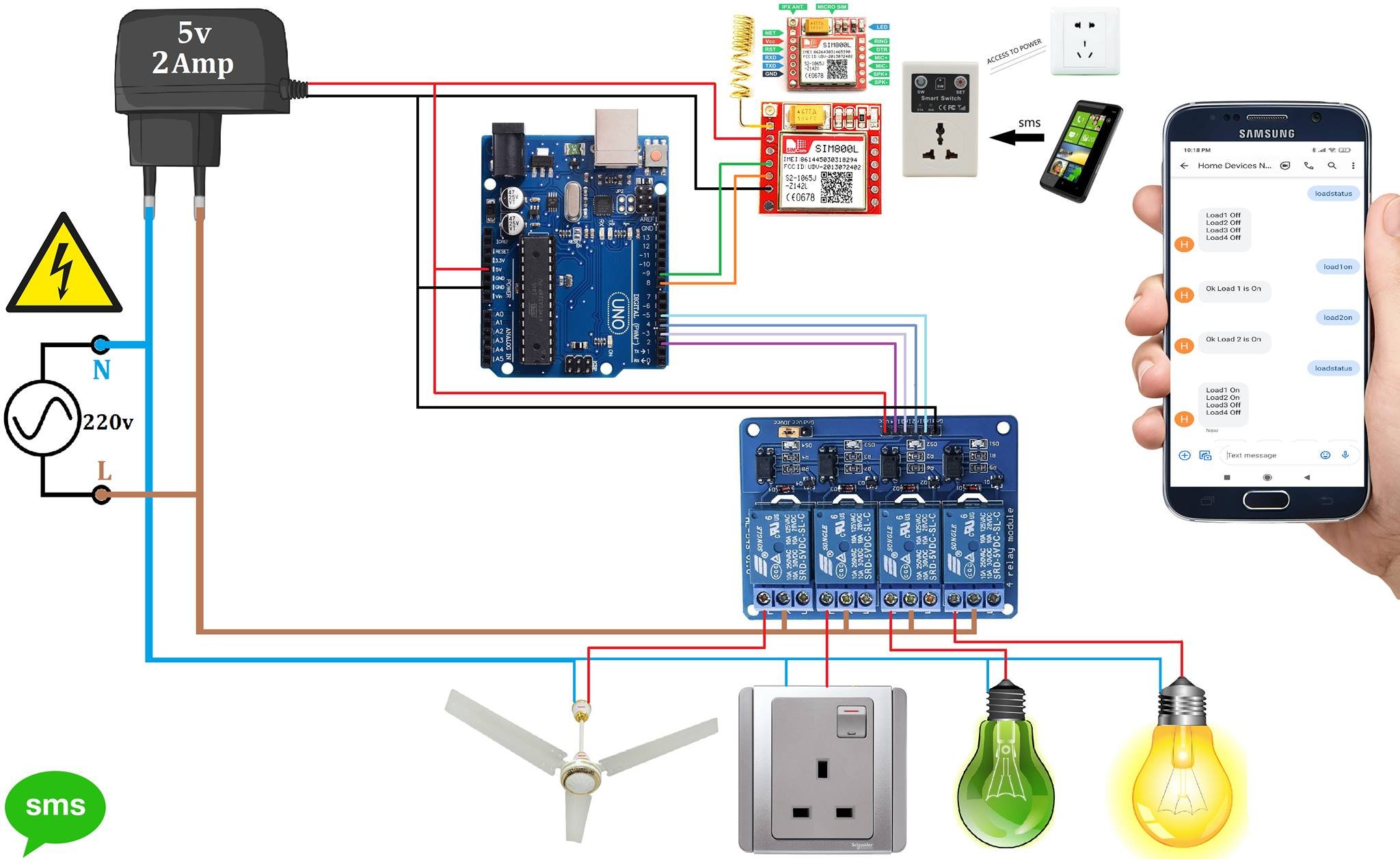Discover the advantages and transformative power of home automation with Arduino! This comprehensive guide delves into the benefits, challenges, and practical implementation of using Arduino for home automation. Explore the cost-effectiveness, flexibility, and endless possibilities for customizing your living space with Arduino’s open-source platform. Gain insights into the advantages of home automation using Arduino and harness the power of technology to enhance comfort, convenience, and energy efficiency in your home.
Key Takeaways:
- Improved energy efficiency through optimized appliance usage
- Reduced operating costs via energy consumption monitoring
- Customizable systems tailored to specific user needs
- Technical complexity requires programming and electronics knowledge
- Security concerns arise from network connectivity
- Successful applications include security systems, lighting control, and energy management
Advantages of Home Automation Using Arduino


Harnessing the power of Arduino, an open-source electronics platform, in home automation unlocks a realm of benefits:
-
Effortless Efficiency: By automating lighting, heating, and appliances, Arduino optimizes energy usage, reducing consumption and lowering utility bills.
-
Cost Control at Your Fingertips: Automated systems monitor energy consumption and adjust settings, minimizing operating costs and putting you in control of household expenses.
-
Tailor-Made Automation: Arduino’s flexible programming lets you customize your home automation system to perfectly align with your lifestyle and needs.
-
Enhanced Convenience: Say goodbye to mundane tasks! Automated lighting, temperature control, and security systems liberate you to focus on what truly matters.
-
Increased Security: Arduino-based home automation systems can enhance security by monitoring entry points, sending alerts in case of suspicious activity, and controlling access remotely.
-
Remote Management: Remote control of your smart home appliances and systems grants you peace of mind and convenience when you’re away.
-
DIY Friendly: Arduino’s user-friendly platform makes it accessible for DIY enthusiasts to implement home automation solutions, fostering a sense of accomplishment and cost savings.
-
Endless Possibilities: The versatility of Arduino opens up a world of possibilities for home automation, allowing you to explore custom projects and integrate it with other smart devices, transforming your home into a connected oasis.
Explore the AI Home Decor Generator – it’s a free tool that lets you easily design your dream home with the help of artificial intelligence. Ready to take your home to the next level? Discover the advantages of home automation using IoT and make your life easier. Plan your perfect home with the free AI Home Design Generator and bring your vision to life!
Disadvantages of Home Automation Using Arduino
While Arduino offers advantages in home automation, it’s crucial to consider its potential drawbacks:
Complexity and Technical Skills
Implementing Arduino-based home automation systems requires technical proficiency in programming and electronics. This can pose challenges for individuals without prior experience in these areas.
Limited Functionality
Arduino systems may not support the same level of functionality as proprietary home automation platforms. This can limit the range of devices and features that can be integrated into the system.
Troubleshooting and Maintenance
Arduino-based systems can be more complex to troubleshoot compared to plug-and-play solutions. This can prolong downtime and require additional technical knowledge for repairs.
Security Concerns
Connecting Arduino systems to home networks can introduce security vulnerabilities. Without proper safeguards, these systems may be susceptible to hacking and unauthorized access.
Flexibility Limitations
While Arduino offers customization options, it may not provide the same flexibility as cloud-based home automation systems. This can limit the system’s ability to scale or adapt to changing user needs.
Key Takeaways:
- Requires technical expertise in programming and electronics.
- Limited functionality compared to proprietary systems.
- Potential for troubleshooting challenges and maintenance requirements.
- Security concerns due to network connectivity.
- May not offer the same flexibility as cloud-based solutions.
Sources:
- Disadvantages of Using Arduino for Home Automation
- The Pros and Cons of Using Arduino for Home Automation
FAQ
Q1: What are the main advantages of using Arduino for smart home automation?
A1: Arduino offers improved energy efficiency, enhanced cost control, and customization options for smart home automation.
Q2: What are some potential challenges to consider when implementing Arduino-based smart home systems?
A2: Technical complexity and security concerns are key challenges to address when using Arduino for smart home automation.
Q3: Can you provide some examples of how Arduino is being used in real-world smart home automation projects?
A3: Arduino has been utilized in projects such as remote monitoring of home security systems, automated lighting control, and optimizing energy consumption.
Q4: What are the potential disadvantages of relying on home automation systems?
A4: Home automation can lead to dependency on technology and raise privacy concerns due to data collection.
Q5: What are some ways to mitigate security risks associated with Arduino-based home automation systems?
A5: To address security concerns, it’s crucial to implement proper network configurations, use strong passwords, and regularly update software to minimize potential vulnerabilities.
- Dora the Explorer Wipe-Off Fun: Safe & Mess-Free Activities for Little Explorers - April 18, 2025
- Does Lemongrass Repel Mosquitoes? Fact vs. Fiction + How to Use It - April 18, 2025
- Do Woodchucks Climb Trees?Fact vs. Fiction - April 18, 2025










